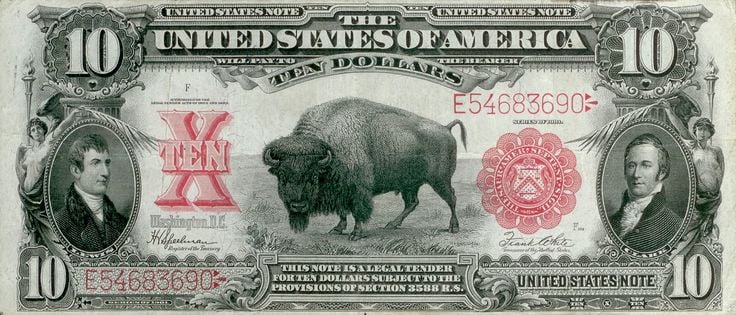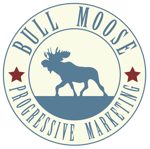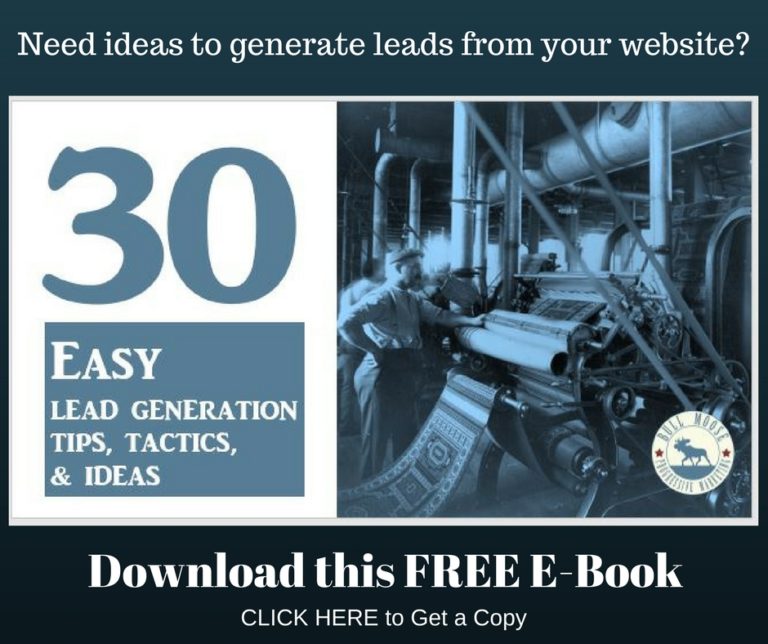
Whenever I see a headline proclaiming the ROI of inbound marketing I am more often than not disappointed to discover that associated content is nothing more than a water downed breakdown of valid, but otherwise meaningless statistics related to factors contributing to ROI. Sure these facts have their place, but for a guy with real-world P&L experience at a Fortune 500 company they don’t necessarily close the gap between conceptual and the bottom line.
One of the reasons for this, I believe, is that some marketers aren’t quite sure what to look at exactly. Cost per lead? Cost per customer acquisition? Sales cycle? HubSpot, in fact, found in their 2013 State of Inbound report that 34% of business cannot or do not calculate ROI from their marketing. To be fair, tracking the ROI of inbound marketing is a difficult proposition that requires both time and consistency, two commodities marketers often have to bargain with upper management to get. Even so, employing an inbound marketing strategy is still better than the alternate ROI of not doing inbound. What’s key is knowing where to plug in the right numbers.
To begin, let’s use some statistics based on research by the Aberdeen Group, HubSpot, Sirius Decisions, and others along with industry averages. Using this information in conjunction with hypothetical numbers of a fictional business we can make some baseline assumptions concerning closings and revenue per customer. For example:
- 16% of your marketing inquiries are ready for sales
- 10% of your sales accepted leads close
- Your average value per sale is $9,000
- After your initial sale, customers buy an additional $1,000 in services in their lifetime
- Lifetime value per customer, then, is $10,000
- Your margin per customer is 20%
- Net profit per customer is $8,000
Again, applying study data we can say that, assuming that a lead-nurturing program is in place:
- Marketing converts 25% of qualified leads into sales-qualified leads in a 12-month fiscal period
- Sales closes 30% of that 25% because nurtured leads convert at a rate 3x higher than un-nurtured leads
- Revenue per deal increases by 10%
We can’t forget to factor in the direct costs associated with an inbound marketing program which may include marketing automation software as a service, content creation, and campaign planning and consulting. The total cost of $101,600 would breakdown something like this:
- Enterprise-level annual marketing automation platform: $29,600
- Annual Consultant costs to include planning, content mapping, landing page, editorial calendar, content creation, social media, CRM implementation: $72,000
For comparison purposes, we’ll shift gears and line out a basic traditional outbound marketing budget totaling $300,000 at a fictional company not using inbound marketing.
- Traditional ads: $100,000
- Digital advertising: $60,000
- Public relations & Social Media: $25,000
- Trade shows: $20,000
- Direct Marketing: $60,000
- Outside media vendor/consultant costs: $35,000
Applying this budget to the earlier assumptions related to revenue and revenue per customer we can then determine our marketing ROI after plugging in fictional performance data.
- Annual number of sales-qualified leads (SQLs) from marketing: 1,500
- Sales based on 10% conversion rate: 150
- Lifetime revenue per deal: $10,000
- Lifetime revenue generated: $1,500,000
- Marketing costs: $300,000
- Marketing Net profit: $1,200,000
- Marketing Cost-per-sale $2,000
- Marketing ROI: 300%
A 300% ROI is not too shabby, but what if we take it to a new level. Keeping the same total budget of $300,000 let’s reconfigure the line items to include the direct costs associated with the inbound marketing component.
- Traditional ads: $60,000
- Digital advertising: $80,000
- Public relations: $20,000
- Trade shows: $20,000
- Direct Marketing: $10,000
- Outside media vendor costs: $8,400
- Inbound marketing costs: $101,600
As we determine the ROI associated with inbound marketing, new factors come into play, namely those related to lead nurturing. More specifically the number of qualified and non-qualified leads need to be accounted for using industry norms outlined in the earlier mentioned studies. Nurturing campaigns are meant to retain leads until they are sales ready, which means more closings and, therefore, more revenue. In this scenario the ROI would look something like this.
- Annual SQL’s marketing sends to sales based on a 50% increase due to inbound marketing: 2,250
- Sales based on 10% close rate: 225
- Lifetime Revenue generated: $2,250,000
- Leads NOT ready immediately: 2,025
- Unqualified leads based on industry average of 20%: 405
- Remainder of leads for further nurturing: 1,620
- Nurtured leads sales ready within the fiscal year based on 15% industry average: 243
- Historical close rate of inbound nurtured leads at 30%: 73
- Lifetime revenue per deal (+10%): $11,000
- Additional revenue generated from lead nurturing: $803,000
- Marketing costs: $300,000 (includes marketing automation and content)
- Total revenue generated-sales-ready closes plus nurtured sales: $3,053,000
- Marketing net profit: $2,753,000
- Marketing Cost-per-sale: $1,007
- Marketing ROI: 818%
In this example you can see that the ROI of not doing inbound marketing is a difference of 518%! It might seem astounding that just doing some lead nurturing would have that kind of impact, but keep in mind that the Aberdeen Group found that 79% of marketing qualified leads never make it to closing largely because there is no lead nurturing program in place.
As a final thought, this example did not take into account the shortened sales cycle that HubSpot found occurs with inbound marketing. What’s important about a shortened sales cycle is that it reduces both the cost per lead and cost per acquisition—two more factors that directly contribute to positive ROI which would likely only widen the gap between doing and not doing inbound marketing.






